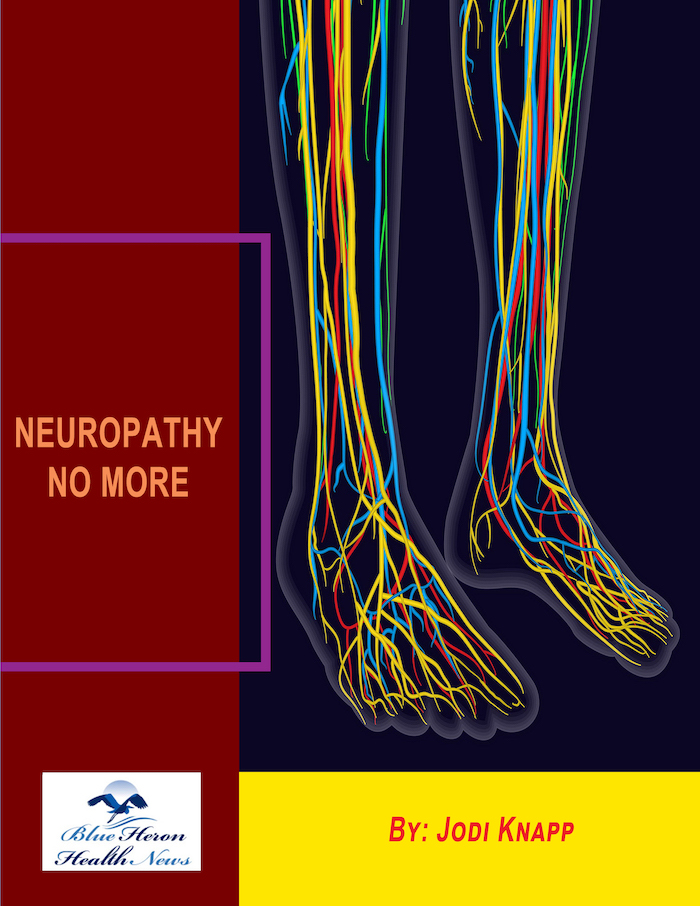
Neuropathy No More neuropathy No More By JODI KNAPP neuropathy is one of the most painful diseases which can make people suffer a lot. Even though medical science has progressed a lot, it could not really found a solution for this condition. This is because the condition is deep routed. You have to make sure that you are changing some of the lifestyle patterns to get relief from the symptoms. The Neuropathy No More is exactly what you need for that. This program is quite helpful and can provide you with all the important information that you will need to ensure better life without the symptoms.
What are the different types of neuropathy?
Neuropathy encompasses a variety of conditions that affect the peripheral nervous system. The types of neuropathy are generally classified based on the nerves affected—sensory, motor, or autonomic nerves—or by the specific conditions or causes leading to nerve damage. Here’s an overview of the main types of neuropathy:
1. Peripheral Neuropathy
- Description: The most common type, peripheral neuropathy, affects the nerves outside the brain and spinal cord, particularly in the hands and feet.
- Symptoms: Tingling, numbness, burning pain, and muscle weakness, usually starting in the extremities and sometimes spreading upward.
2. Autonomic Neuropathy
- Description: This type affects the autonomic nerves, which control involuntary bodily functions such as heart rate, blood pressure, digestion, and bladder function.
- Symptoms: Dizziness upon standing, abnormal heart rhythms, digestive issues (like constipation or diarrhea), bladder dysfunction, and abnormal sweating.
3. Proximal Neuropathy (Diabetic Amyotrophy)
- Description: This type affects the nerves in the hips, thighs, or buttocks. It is more common in people with type 2 diabetes and tends to affect one side of the body.
- Symptoms: Severe pain in the hip, thigh, or buttock region, followed by weakness and loss of muscle mass in the affected area.
4. Focal Neuropathy (Mononeuropathy)
- Description: Focal neuropathy, or mononeuropathy, involves damage to a single nerve or group of nerves, often due to compression, injury, or inflammation.
- Examples:
- Carpal Tunnel Syndrome: Affects the median nerve in the wrist, causing pain, tingling, and weakness in the hand.
- Bell’s Palsy: Affects the facial nerve, causing sudden weakness or paralysis on one side of the face.
- Ulnar Neuropathy: Affects the ulnar nerve, leading to numbness or weakness in the hand.
5. Cranial Neuropathy
- Description: This type affects one of the 12 cranial nerves, which are nerves that exit the brain and control functions of the head and neck.
- Examples:
- Optic Neuropathy: Affects the optic nerve, leading to vision problems.
- Trigeminal Neuralgia: Affects the trigeminal nerve, causing severe facial pain.
6. Diabetic Neuropathy
- Description: A specific form of peripheral neuropathy that results from long-term high blood sugar levels in diabetes. It can affect sensory, motor, and autonomic nerves.
- Symptoms: Numbness, tingling, pain, and weakness in the extremities, as well as symptoms related to autonomic nerve damage.
7. Hereditary Neuropathy
- Description: Inherited forms of neuropathy, such as Charcot-Marie-Tooth disease, which is caused by genetic mutations affecting the peripheral nerves.
- Symptoms: Progressive muscle weakness, foot deformities, and loss of sensation, often beginning in childhood or adolescence.
8. Alcoholic Neuropathy
- Description: Caused by excessive alcohol consumption, which can lead to nutritional deficiencies and direct nerve damage.
- Symptoms: Pain, tingling, and weakness in the extremities, as well as issues with balance and coordination.
9. Small Fiber Neuropathy
- Description: A type of peripheral neuropathy that affects the small nerve fibers responsible for pain and temperature sensation.
- Symptoms: Burning pain, tingling, and temperature sensitivity, often in the feet and hands.
10. Chemotherapy-Induced Peripheral Neuropathy
- Description: A side effect of certain chemotherapy drugs, leading to nerve damage.
- Symptoms: Tingling, numbness, pain, and weakness in the hands and feet.
Sources:
- Mayo Clinic: Provides an overview of peripheral neuropathy and its various types (Mayo Clinic – Peripheral Neuropathy).
- Johns Hopkins Medicine: Discusses different types of neuropathy, including diabetic and autonomic neuropathies (Johns Hopkins Medicine – Neuropathy).
- Cleveland Clinic: Offers insights into the causes and symptoms of various forms of neuropathy (Cleveland Clinic – Peripheral Neuropathy).
Each type of neuropathy may present with distinct symptoms and require tailored treatment approaches. Early diagnosis and management are crucial to minimizing nerve damage and improving quality of life.
Neuropathy No More neuropathy No More By JODI KNAPP neuropathy is one of the most painful diseases which can make people suffer a lot. Even though medical science has progressed a lot, it could not really found a solution for this condition. This is because the condition is deep routed. You have to make sure that you are changing some of the lifestyle patterns to get relief from the symptoms. The Neuropathy No More is exactly what you need for that. This program is quite helpful and can provide you with all the important information that you will need to ensure better life without the symptoms.